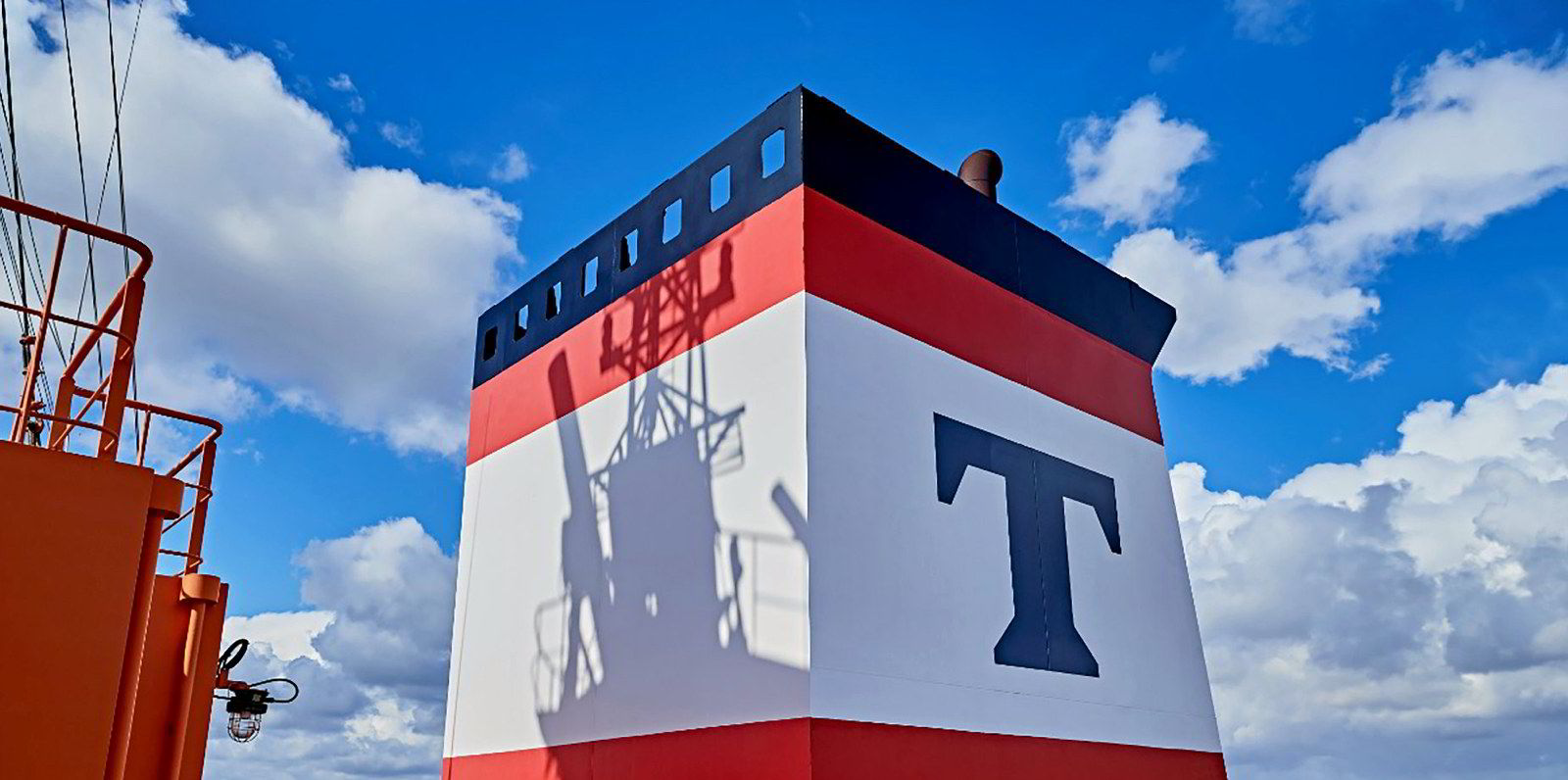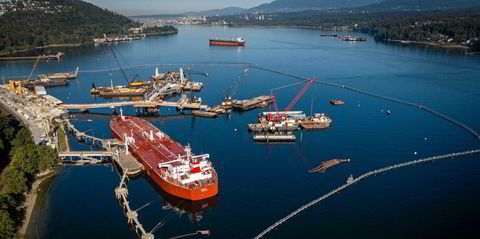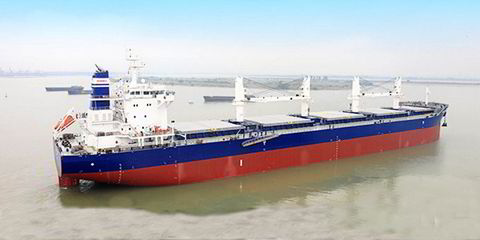Torm has started to reduce its exposure to the forward freight agreement (FFA) market after making healthy profits from paper trading in recent quarters.
The Danish company, which operates and owns about 80 product tankers, said it had 399 vessel days covered by FFAs for the rest of this year as of 30 June.
This compared with 2,765 days at the end of March.
Executives said on Tuesday that Torm sought a smaller coverage in freight derivatives because of a brighter market outlook.
“We still see promising market fundamentals, therefore we reduce our coverage for the coming quarters,” chief financial officer Kim Balle told a conference call.
Many analysts expect tanker earnings to improve gradually as global oil demand recovers.
The International Energy Agency has forecast oil consumption will amount to 99.4m barrels per day (bpd) in the fourth quarter, up from 94.6m bpd during the same period of 2020.
Still, chief executive Jacob Meldgaard expressed demand worries amid renewed lockdown measures in parts of Asia due to outbreaks of the Delta Covid-19 variant.
“Let’s follow this mobility [situation] in South-East Asia, where currently the Delta variant is impacting a number of countries,” he told TradeWinds.
“I think once that normalises, we will have paved the way for ... a stronger market.”
Torm, whose shares trade on the Nasdaq Copenhagen and New York exchanges, has become much more active in paper trading since last year, amid heightened market volatility during the pandemic.
The company generally trades the TC2, TC14 and TC5 contracts on a Worldscale basis, in line with where its MR and LR vessels operate physically.
Torm recorded total gains from freight derivatives of $14.5m from the first quarter of 2020 through the second quarter of 2021. It was the first listed product tanker firm to report a second-quarter profit this year, supported by unrealised gains of $8.2m from paper trading.
“We had soft expectations to the market as we looked into 2021 last year,” Meldgaard said.
“What we did was to take some more freight hedges by chartering out a number of ships and using the normal freight derivatives to sell into the market.”
Torm does not have a set target for hedging proportions in its freight business, preferring to adjust its strategy as the rate environment evolves, Meldgaard suggested.
“We will be taking cover depending on where the market is,” he said. “What we are following more is the big picture.”





